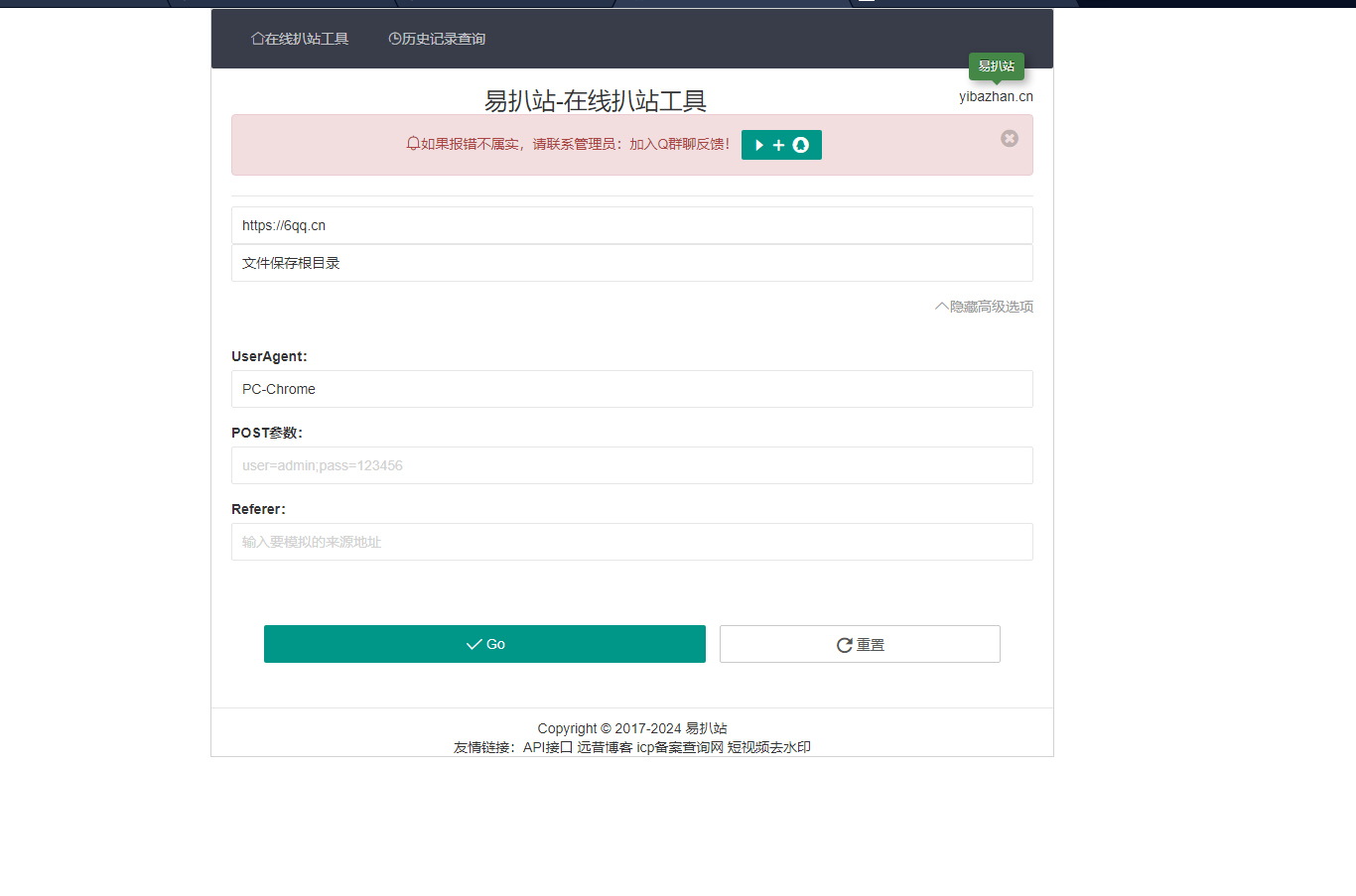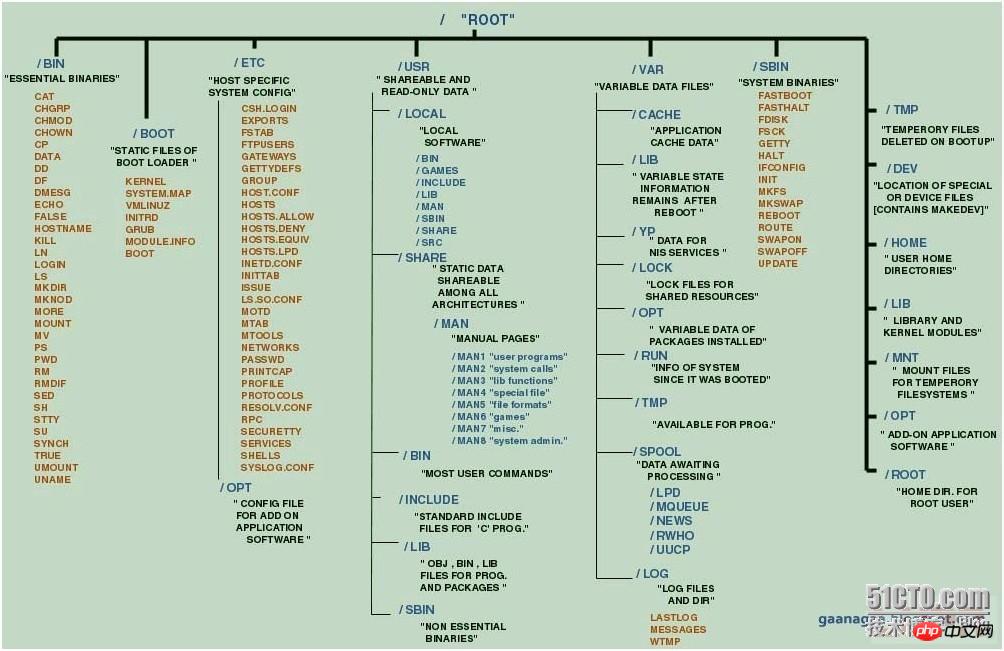在centos系統(tǒng)上使用pytorch進行自然語言處理(nlp)的完整指南
本指南詳細介紹如何在centos系統(tǒng)上配置PyTorch環(huán)境并進行NLP任務,包括安裝必要的軟件包、創(chuàng)建虛擬環(huán)境、安裝PyTorch和NLP庫、下載預訓練模型以及編寫和運行示例代碼。
首先,確保你的CentOS系統(tǒng)已經(jīng)安裝了Python 3.6或更高版本以及pip包管理器。可以使用以下命令進行安裝:
sudo yum install python3 python3-pip
步驟二:創(chuàng)建虛擬環(huán)境(推薦)
為了避免包沖突,強烈建議創(chuàng)建一個虛擬環(huán)境:
python3 -m venv myenv source myenv/bin/activate
步驟三:安裝PyTorch
根據(jù)你的硬件配置選擇合適的PyTorch安裝命令。
- CPU版本:
pip install torch torchvision torchaudio
- GPU版本 (需要CUDA):
pip install torch torchvision torchaudio --index-url https://download.pytorch.org/whl/cu118
請將cu118替換為你實際的CUDA版本號。 確認你的NVIDIA驅動和CUDA toolkit已正確安裝。
步驟四:安裝NLP庫
安裝常用的NLP庫,例如transformers、NLTK和spaCy:
pip install transformers nltk spacy
你可能需要額外安裝NLTK的數(shù)據(jù)包:
import nltk nltk.download('punkt') # 或其他所需的數(shù)據(jù)包
步驟五:下載預訓練模型 (以bert為例)
使用transformers庫下載預訓練的BERT模型和分詞器:
from transformers import BertTokenizer, BertModel tokenizer = BertTokenizer.from_pretrained('bert-base-uncased') model = BertModel.from_pretrained('bert-base-uncased')
步驟六:編寫和運行NLP代碼 (文本分類示例)
以下是一個簡單的文本分類示例,使用BERT進行情感分析:
import torch from transformers import BertTokenizer, BertForSequenceClassification from torch.utils.data import DataLoader, TensorDataset # 示例數(shù)據(jù) texts = ["This is a positive sentence.", "This is a negative sentence."] labels = [1, 0] # 1: positive, 0: negative # 分詞 tokenizer = BertTokenizer.from_pretrained('bert-base-uncased') encoded_inputs = tokenizer(texts, padding=True, truncation=True, return_tensors='pt') # 創(chuàng)建數(shù)據(jù)集和數(shù)據(jù)加載器 dataset = TensorDataset(encoded_inputs['input_ids'], encoded_inputs['attention_mask'], torch.tensor(labels)) dataloader = DataLoader(dataset, batch_size=2) # 加載模型 model = BertForSequenceClassification.from_pretrained('bert-base-uncased', num_labels=2) device = torch.device("cuda" if torch.cuda.is_available() else "cpu") model.to(device) # 優(yōu)化器 (示例) optimizer = torch.optim.AdamW(model.parameters(), lr=5e-5) # 訓練 (簡化版,實際訓練需要更多迭代和評估) model.train() for batch in dataloader: input_ids, attention_mask, labels = batch input_ids, attention_mask, labels = input_ids.to(device), attention_mask.to(device), labels.to(device) optimizer.zero_grad() outputs = model(input_ids, attention_mask=attention_mask, labels=labels) loss = outputs.loss loss.backward() optimizer.step() # 保存模型 model.save_pretrained('my_model') tokenizer.save_pretrained('my_model')
步驟七:加載和使用訓練好的模型
from transformers import BertTokenizer, BertForSequenceClassification model = BertForSequenceClassification.from_pretrained('my_model') tokenizer = BertTokenizer.from_pretrained('my_model') text = "This is a great day!" encoded_input = tokenizer(text, return_tensors='pt') model.eval() with torch.no_grad(): output = model(**encoded_input) prediction = torch.argmax(output.logits, dim=-1) print(f"Prediction: {prediction.item()}") # 1 for positive, 0 for negative
記住替換CUDA版本號和根據(jù)你的實際需求調整代碼。 這個指南提供了一個基本的框架,你可以根據(jù)具體的NLP任務進行修改和擴展。 完整的訓練過程需要更復雜的代碼,包括數(shù)據(jù)預處理、超參數(shù)調整、模型評估等。

















